Los Alamos-led study finds how to improve natural gas production in shale; hydrocarbon transport within nanopores
Green Car Congress
NOVEMBER 17, 2020
A new hydrocarbon study led by researchers at Los Alamos National Laboratory contradicts conventional wisdom about how methane is trapped in rock, revealing a new strategy to access the valuable energy resource more easily. Their open-access study is published in Nature’s new Communications Earth & Environment journal.

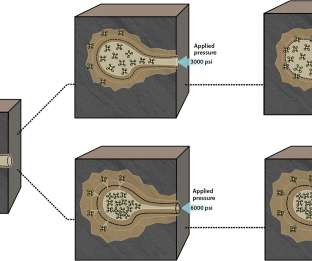

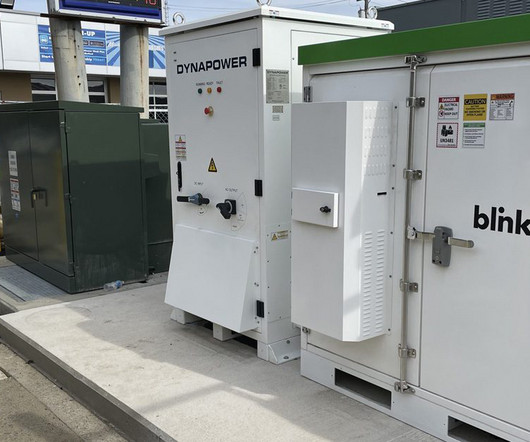
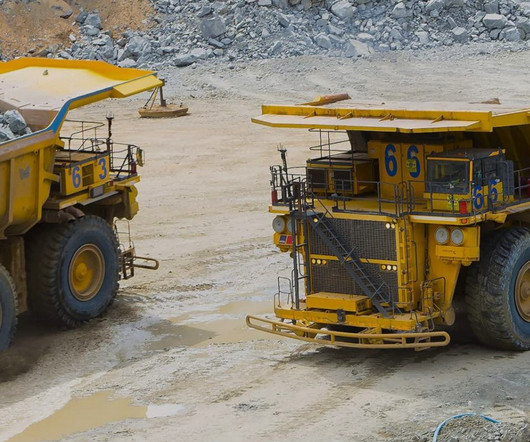






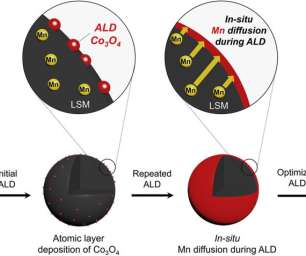
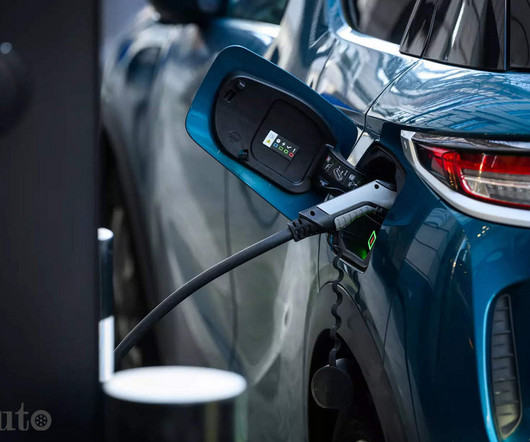

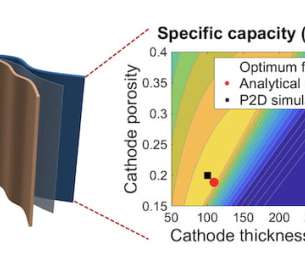




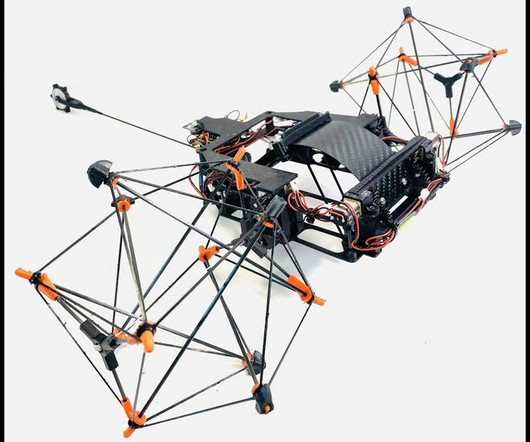












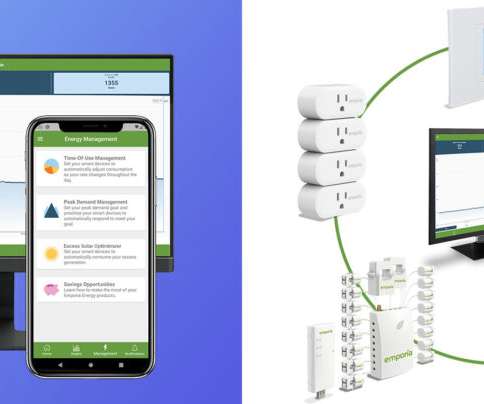






Let's personalize your content